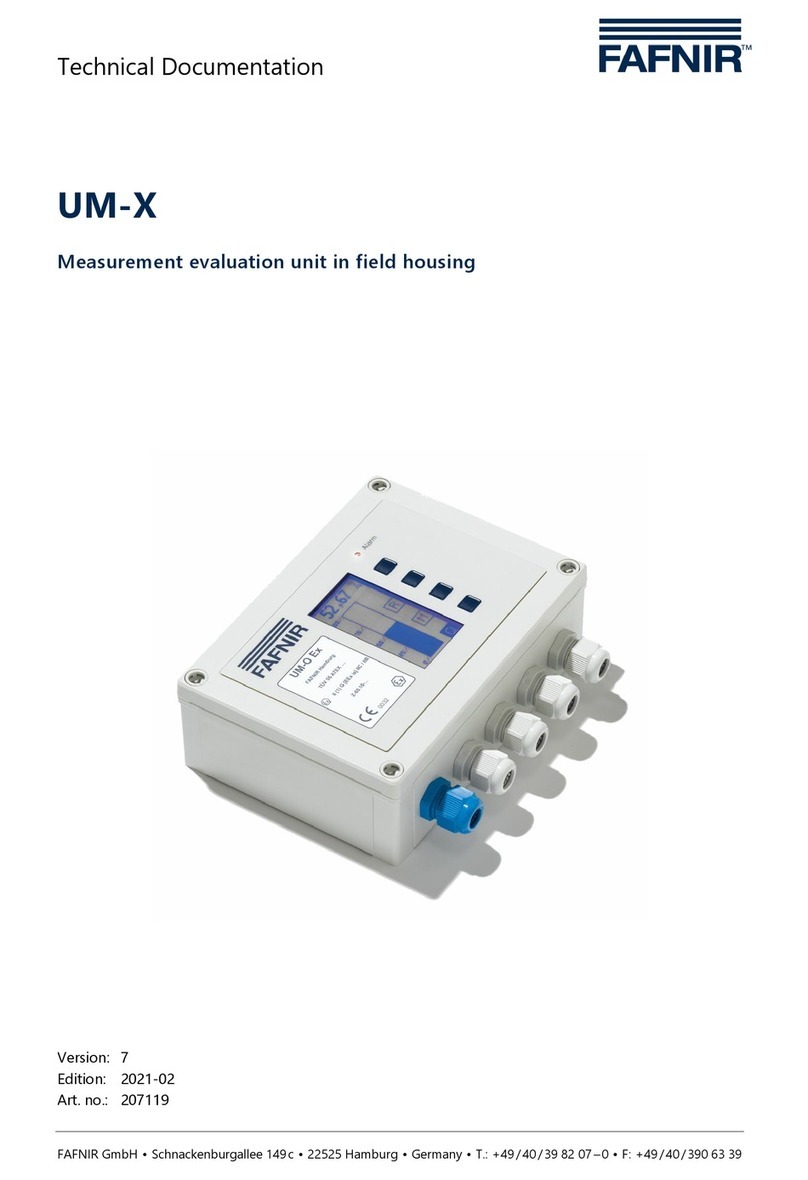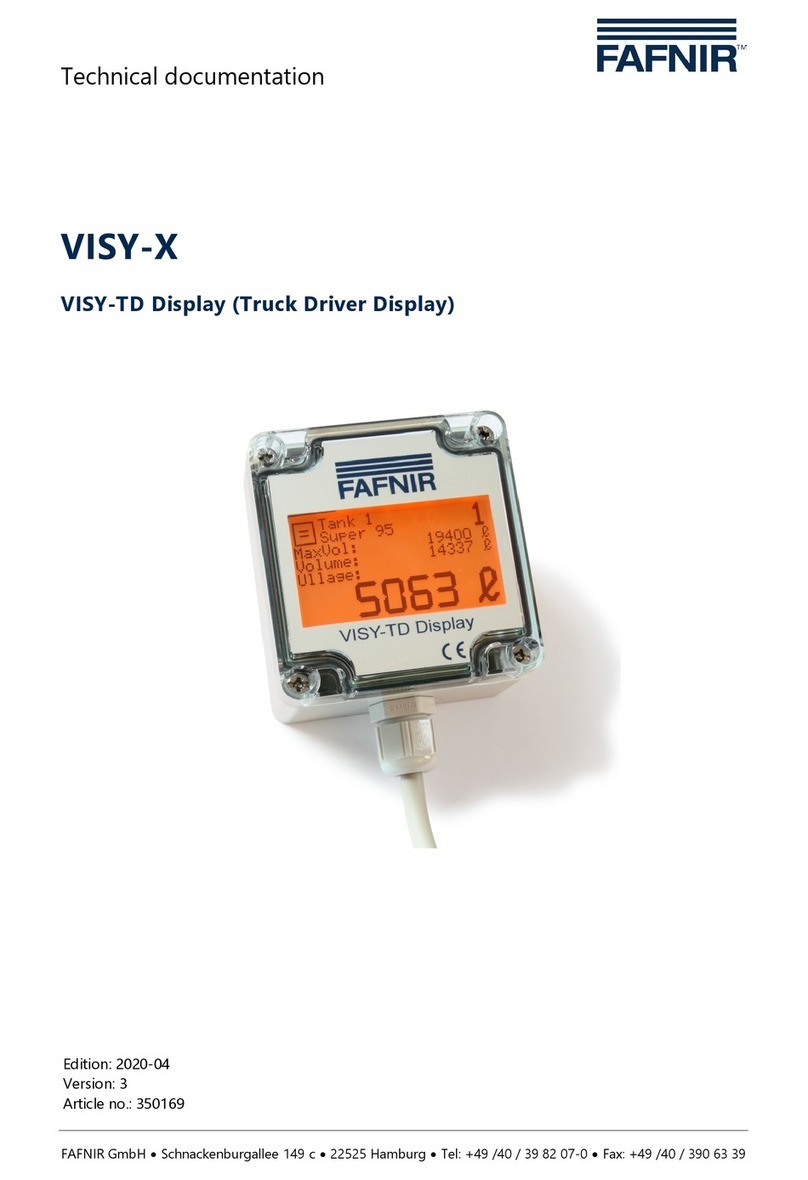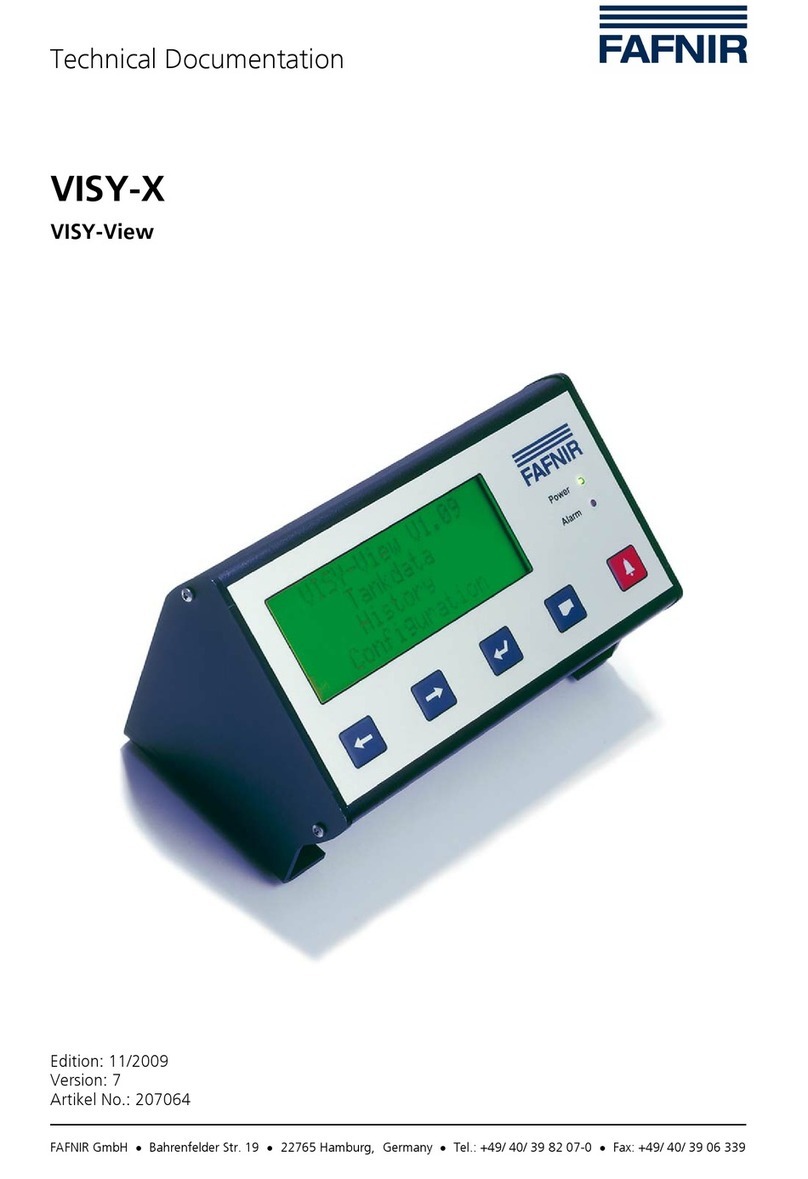
I Contents
Table of Contents
1Characteristics........................................................................................................... 1
2Safety Instructions ...................................................................................................2
3Design and Function ...............................................................................................3
3.1 TORRIX Types ..........................................................................................................................................4
4Mounting ...................................................................................................................5
4.1 Mounting with screw-in unit..............................................................................................................6
4.2 Mounting with flange...........................................................................................................................7
4.3 Mounting with Bypass..........................................................................................................................7
5Electrical connection ...............................................................................................9
5.1 Connection Diagrams.........................................................................................................................10
5.1.1 Wiring diagram TORRIX.....................................................................................................................10
5.1.2 Wiring diagram TORRIX Ex...............................................................................................................10
5.2 Length of the connection cable (TORRIX 4 … 20 mA variants)...........................................11
5.3 Wiring.......................................................................................................................................................12
5.3.1 Cable gland ............................................................................................................................................12
5.3.2 M12 Connection...................................................................................................................................13
6Adjustment ..............................................................................................................14
6.1 Measuring span of the level sensor ..............................................................................................14
6.1.1 Adjustment of the measuring span on the TORRIX................................................................14
6.1.2 Adjustment of the measuring span with the PC.......................................................................16
6.2 Current consumption in failure mode..........................................................................................17
6.2.1 Adjustment of the current consumption on the TORRIX......................................................17
6.2.2 Adjustment of the current consumption with the PC ............................................................18
7Maintenance............................................................................................................19
7.1 Servicing ..................................................................................................................................................19
7.2 Return Shipment ..................................................................................................................................19
8Technical Data........................................................................................................ 20
8.1 TORRIX in version 5.5 from device number 30000..................................................................20


































